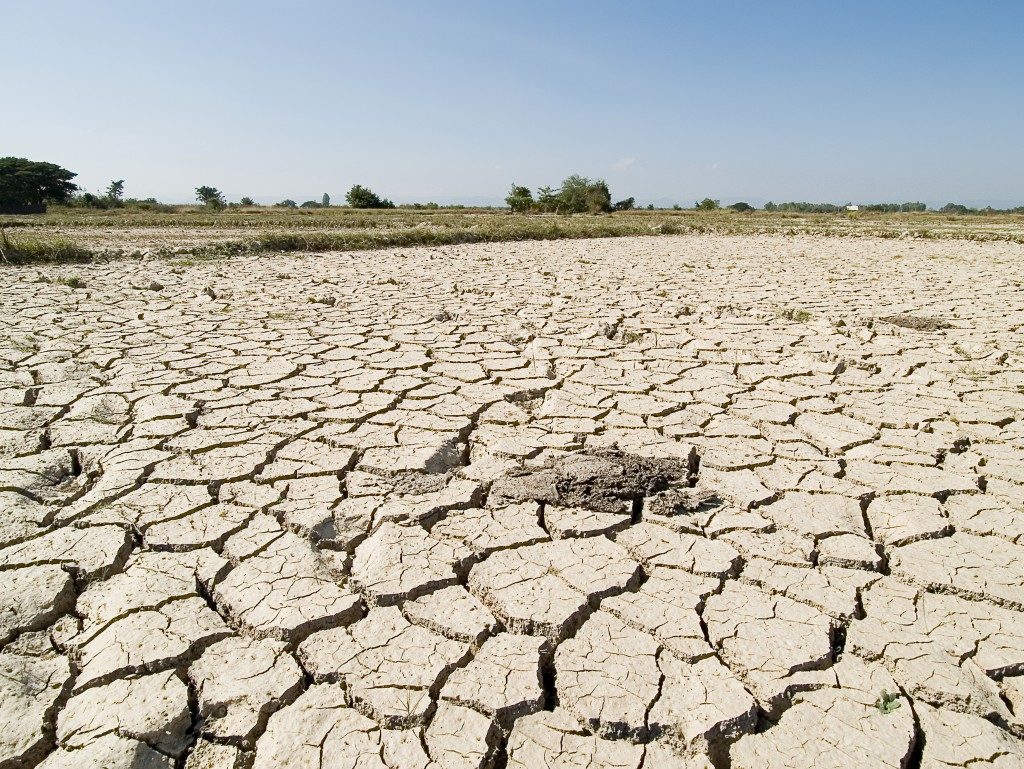The average weather in Utah is temperate. But during summer, the heat can get pretty intense. Temperatures can spike up to 97 degrees on some days, averaging 90 degrees a week. Utah experiences frigid temperatures during winter as well, dropping to single-digit degrees on average. Extreme weather can do more than bring about discomfort; it can also affect the durability of your belongings, making these brittle and prone to damage.
Outdoor furniture suffers from the effects of changing weather all the time. These are furniture found in patios, decks, your backyard, and your front porch. Frequent exposure to the elements lead to decreased product lifespan. One way to avoid this is by making your outdoor furniture weather resistant.
Protection for Every Type of Furniture
Protecting your outdoor furniture mainly depends on its composition. How you maintain, for instance, metal furniture will differ from how you look after wicker furniture. The wrong cleaning methods and products may not only damage the furnishing, but it could also void your warranty.
So before you do any of these protective solutions, check your manufacturer’s guidelines for outdoor furniture maintenance:

Plastic furniture is the easiest to maintain and move around. This type of furniture is also the most resilient, and can withstand harsher weather conditions. It is, however, prone to brittleness if exposed to the sun constantly. One easy solution is to place your plastic furniture under a shade. Placing them under awnings or patio umbrellas and away from the harsh rays of the sun helps maintain its composition.
Wood furniture is more vulnerable to harsh weather conditions than most types of outdoor furniture. It weathers naturally over the years, so it requires extra maintenance. Your furniture could be made from teak, pine, cedar, redwood, oak, and eucalyptus, and they all require different treatments of stain, paint, or oil. Yearly wood treatment, like applying wood preservers to your furniture, is one way to maintain your furniture. Another way to treat wood furniture is to apply a generous coat of varnish. During winter, however, you may want to store the outdoor pieces indoors.
Metal furniture is fairly durable. It can withstand most weather conditions, but it still needs protection. Coat your metal furniture in powder coatings, which help resist damage. The coating acts as a second skin that shelters your furniture from scratches, peeling, and damage sustained from the weather. Scrape off rusted material on your metal furniture before applying your powder coating. Additionally, you can choose from different colors for your powder coating treatment and revitalize the worn out outdoor furniture with ruby red, sapphire blue, or golden yellow.
For outdoor furniture with fabric, washing is crucial. Fabric, when left outside for too long, becomes prone to mold, grime, and dirt, so it’s important to keep them clean. Additionally, for longer lasting, vibrant-looking furniture, use cotton and yarn as the material for your outdoor sofas and lounges as it lasts longer under the sun.
The lifespan of your furniture shortens under constant exposure to harsh weather conditions. Furniture turns brittle; it’s prone to rusting, mold, dirt, and breakage. Maintain your outdoor furniture by being aware of how to protect it against any kind of weather and avoid the unnecessary cost of a replacement.


